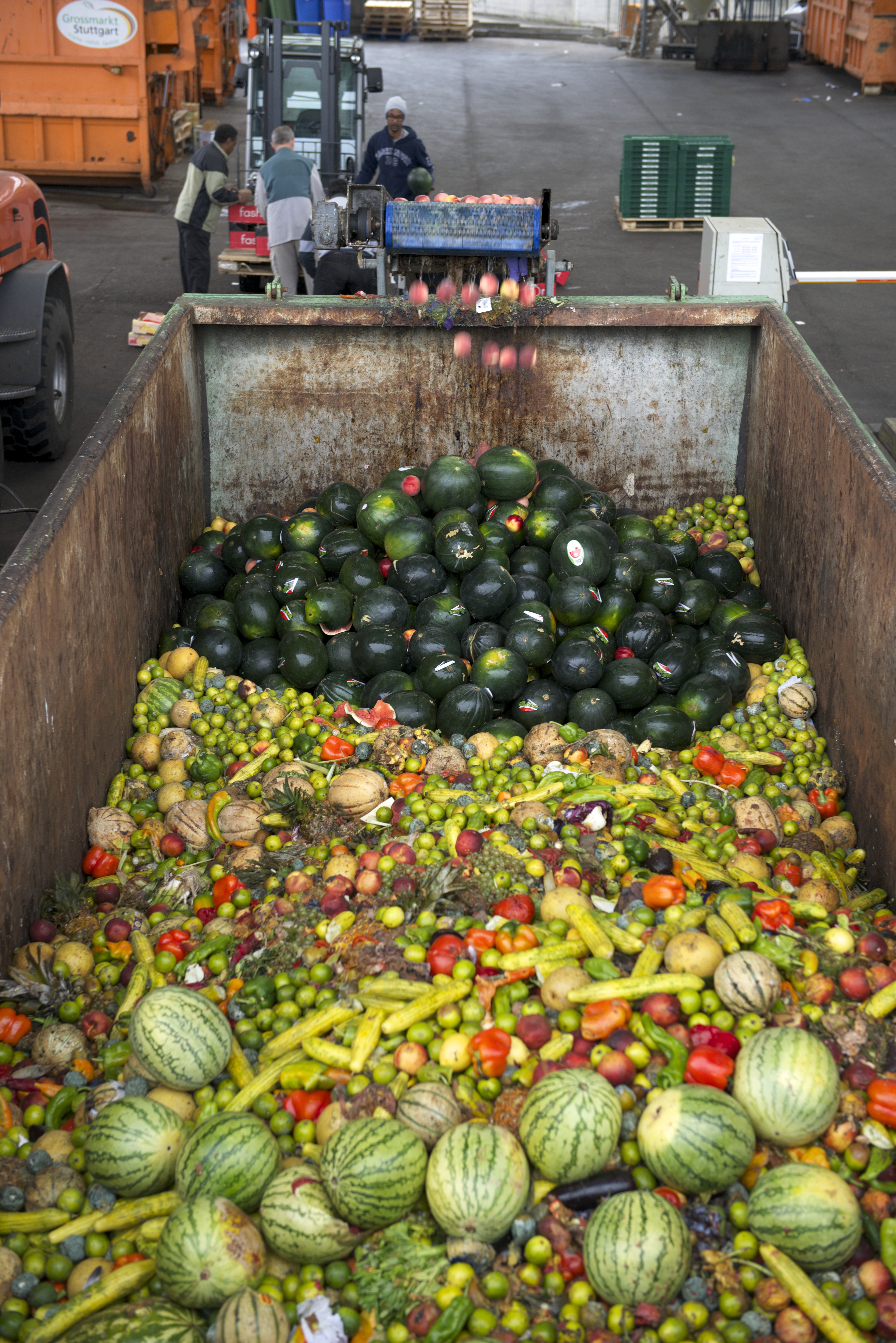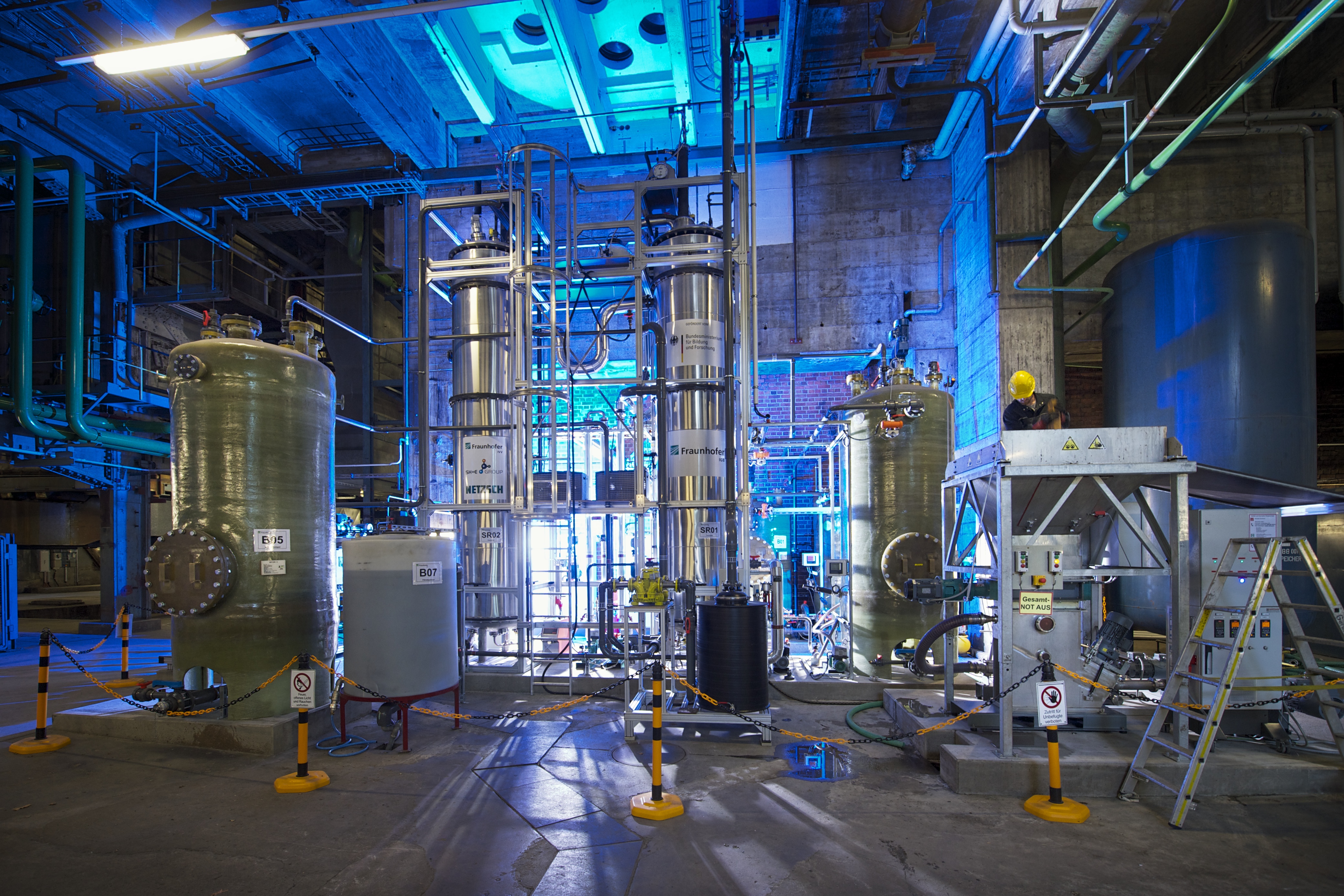Organic waste materials with very high proportion of water and low content of lignin and lignocellulose, for example waste from the food industry, wholesale market waste or algae residues, are perfectly suited for digestion.
Coordinated by Fraunhofer IGB, a project consortium has thus set itself the objective to obtain maximum energy generation by completely converting easily digestable, low-lignocellulosic wet biomass into biogas using an adapted high-load digestion process and closing all material cycles at the same time. In the project EtaMax the consortium is focusing in particular on cost-effective biowaste and algal biomass, both of which present no competition to food production. Local production and utilization of renewable methane from biogas represent the core of the project. Purified biomethane was used as a fuel to power CNG (Compressed Natural Gas) vehicles. Liquid, nutrient-rich digestates accruing during digestion were used to cultivate microalgae, since the residues contain a sufficient quantity of inorganic nutrients required for the growth of algae.
 Fraunhofer Institute for Interfacial Engineering and Biotechnology IGB
Fraunhofer Institute for Interfacial Engineering and Biotechnology IGB

